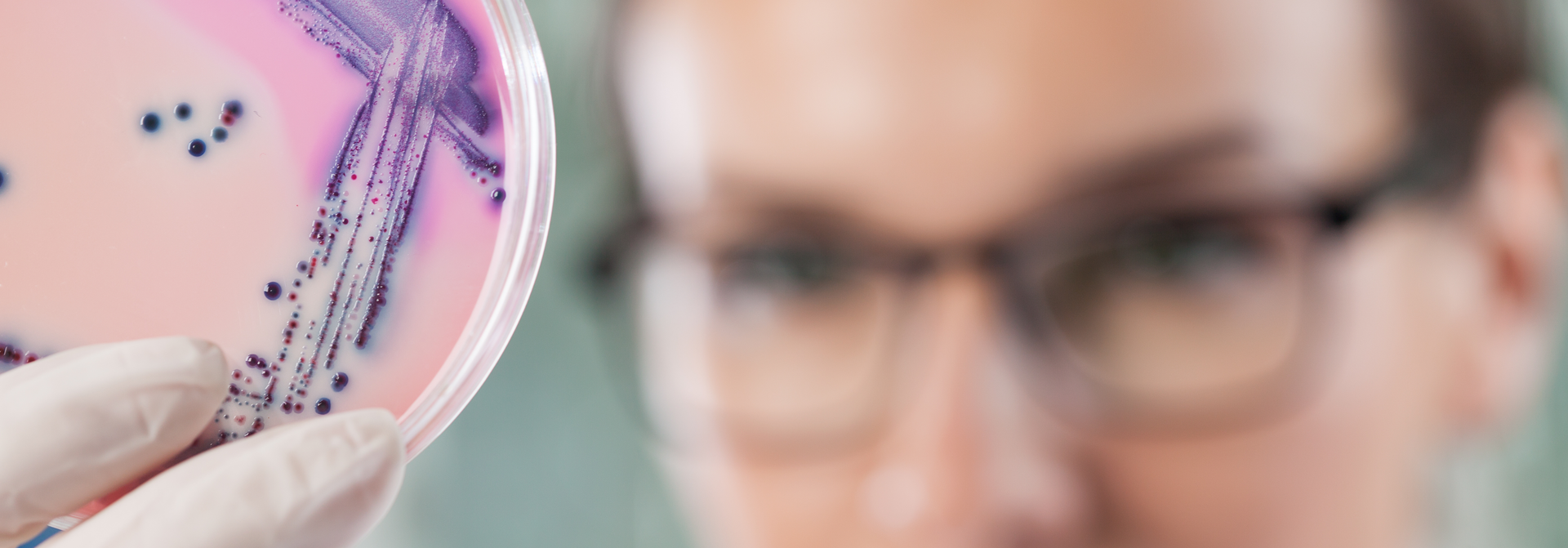Antimicrobial resistance is one of the most significant global problems facing the scientific community and can be attributed to the global use and misuse of antibiotics. As a consequence the spread of resistance, particularly through the acquisition of mobile genetic elements by bacterial pathogens, is now seen as one of the most important modern clinical challenges. Given limited development of new and effective treatments, it is likely that global infectious disease morbidity and mortality will rise as a consequence (WHO 2014).
Anthropogenic activities that lead to the introduction of human/animal-associated bacteria or antibiotics into the environment may, for example, allow for the exchange and selection of resistance genes between the environmental resistome and clinically important pathogens. One such activity is the application to soil of manures that contain excreted antibiotic residues from medicated animals, a common farming practice in Europe, North America and elsewhere. With the aim of understanding how antibiotic long exposition affects the soil microbiota without the interference of manure David W. Cleary et al. studied during 10 years antibiotic-treated plots with a mixture of veterinary antibiotics. Their study demonstrates, for the first time, that exposure of soil to veterinary antibiotics causes an increase in the prevalence of genetic elements, class 1 integrons, which can integrate a wide range of antibiotic resistance genes and are implicated in acquired resistance in clinically significant human pathogens. Additionally, a measurable shift in the structure of the microbial community was observed through 16S rRNA gene sequencing for community diversity analysis . Taxa decreasing in abundance are likely to be under strong selection for acquisition of resistance mechanisms, and class 1 integron carriage has been widely reported within the Proteobacteria, the phyla most affected in this study.
— by J.J. Gallego

Cleary, D., Bishop, A., Zhang, L., Topp, E., Wellington, E. and Gaze, W. (2016). Long-term antibiotic exposure in soil is associated with changes in microbial community structure and prevalence of class 1 integrons.
